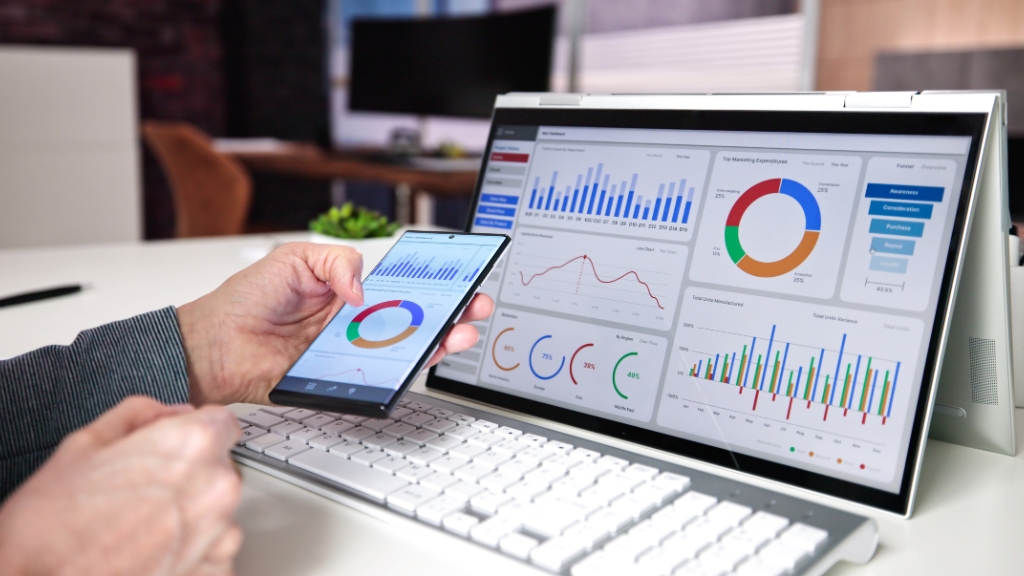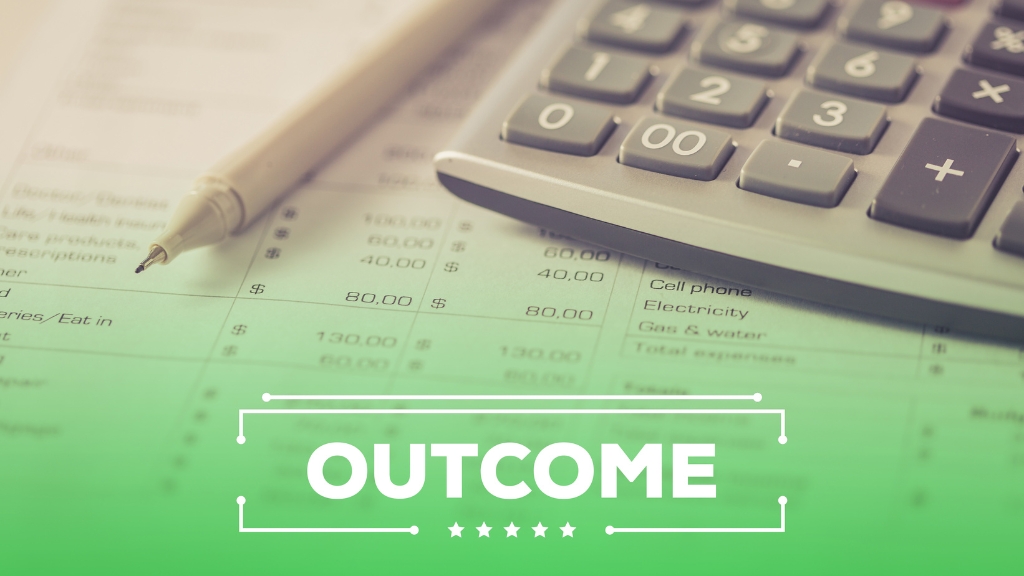
How Nonprofit Dashboards Can Improve Decision Making
In the fast-paced world of nonprofit management, making informed decisions is crucial for achieving organizational goals and maximizing impact. Nonprofit dashboards have emerged as powerful tools that streamline data visualization and analysis, empowering organizations to make better decisions based on real-time insights. In this article, we’ll explore how nonprofit dashboards can enhance decision-making processes and the key benefits they offer.
Understanding Nonprofit Dashboards
Nonprofit dashboards are digital tools that aggregate and display data in a visual format, often through charts, graphs, and key performance indicators (KPIs). They provide a centralized view of an organization’s data, enabling leaders and staff to monitor performance, track progress, and make informed decisions quickly.
1. Real-Time Data Access
One of the primary advantages of nonprofit dashboards is the ability to access real-time data. Traditional reporting methods can be time-consuming and prone to delays. Dashboards update in real-time or at scheduled intervals, allowing decision-makers to see the most current information. This immediacy ensures that decisions are based on the latest data, reducing the risk of errors and outdated information.
2. Enhanced Data Visualization
Dashboards turn complex data sets into easy-to-understand visualizations. Graphs, charts, and heatmaps can reveal trends and patterns that might not be apparent in raw data. For instance, a dashboard might show a decline in donor engagement over time, enabling the nonprofit to address potential issues before they escalate.
3. Improved Performance Tracking
Nonprofit dashboards can track a variety of performance metrics, from fundraising progress to program outcomes. By setting specific KPIs and goals, organizations can monitor their performance against these benchmarks. This constant feedback loop helps nonprofits stay on track and make adjustments as needed to achieve their objectives.
4. Streamlined Reporting
Preparing reports for stakeholders can be a labor-intensive process. Dashboards simplify this by providing pre-designed templates and automated reporting features. This not only saves time but also ensures consistency and accuracy in reporting. Stakeholders, including board members and donors, can quickly access relevant information without sifting through lengthy documents.
5. Data-Driven Decision Making
With a dashboard, decision-makers are equipped with a comprehensive view of their data, leading to more data-driven decisions. For example, if a dashboard indicates that a particular fundraising campaign is underperforming, the organization can quickly pivot its strategy based on the insights gained, rather than relying on anecdotal evidence.
6. Increased Transparency
Transparency is crucial for maintaining trust with stakeholders. Dashboards provide a clear and accessible way to share information about organizational performance and financial health. By offering a transparent view of data, nonprofits can build credibility and strengthen relationships with donors, beneficiaries, and partners.
7. Enhanced Collaboration
Nonprofit dashboards can facilitate collaboration among team members by providing a unified view of data. Teams can access the same information, ensuring everyone is on the same page and working towards common goals. This collaborative environment can lead to more cohesive strategies and better overall performance.
8. Efficient Resource Allocation
Effective resource allocation is key to maximizing impact. Dashboards help organizations identify which programs or initiatives are most effective and which may need adjustment. By analyzing performance metrics, nonprofits can allocate resources more efficiently, ensuring that funds and efforts are directed where they will have the greatest impact.
Conclusion
Nonprofit dashboards are transforming the way organizations approach decision-making. By providing real-time data, enhanced visualization, and streamlined reporting, dashboards empower nonprofits to make informed, data-driven decisions. As the nonprofit sector continues to evolve, leveraging these tools will be essential for organizations striving to increase their effectiveness and achieve their missions.
Leave a Reply
- AI in Diagnostics: Revolutionizing Early Detection and Accuracy
- How AI and Advanced Analytics Are Transforming Healthcare Outcomes
- Investing with Confidence: The Role of ROI Calculators
- How ROI Calculators Drive Data-Driven Business Strategies
- The Ultimate Guide to ROI Calculators for Business Success
- Making Sense of ROI Calculators: A Comprehensive Guide
- June 2025 (1)
- May 2025 (1)
- October 2024 (2)
- September 2024 (31)
- August 2024 (31)
- July 2024 (27)
- June 2024 (28)
- May 2024 (30)
- April 2024 (33)
- March 2024 (23)
- February 2024 (29)
- January 2024 (3)
- December 2023 (47)
- November 2023 (36)
- October 2023 (23)
- September 2023 (2)
- June 2023 (2)
- May 2023 (13)
- April 2023 (1)




